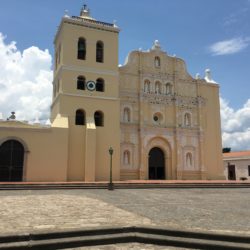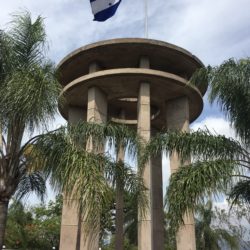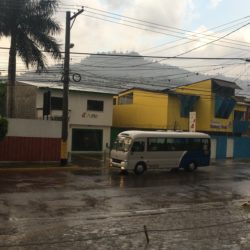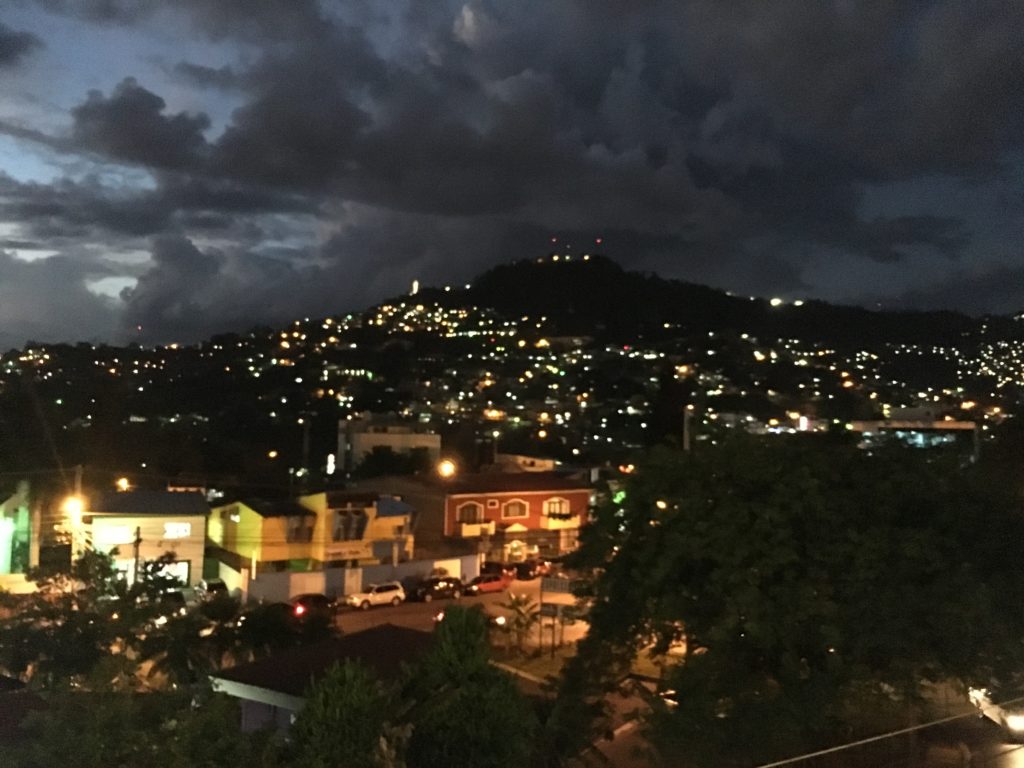
When I began reading up on Tegucigalpa (and Managua), I quickly discovered that there isn’t exactly a wealth of information out there on travel to the Central American capitals from guidebooks and fellow bloggers alike. The advice I did find was simple: don’t go. This wasn’t because the cities were dull or devoid of places of interest, but rather because they have a bad rap for being dangerous. Most people use the capitals’ airports as gateways to the beaches, rainforests and other natural wonders without exploring the cities themselves.
It’s true that San Pedro Sula, Honduras’ second largest city, held the title of “murder capital of the world” before recently being bumped to number two on the list by Caracas, Venezuela’s troubled capital; Tegucigalpa usually finds itself ranked not far behind. But murder statistics only tell part of the story, as anyone who has visited Chicago can attest. Innocent bystanders can always find themselves in the wrong place at the wrong time, but overall most the crime is gang-related and not directed towards tourists. The drug trade runs rampant throughout much of Central America, but if you’re not planning on buying, selling or using drugs (good idea!) then you are going to be just fine. I heard a good rule of three: don’t go looking for drugs, don’t gamble and don’t hire prostitutes. If you’re jonesing for that kind of vacation, try Amsterdam or Las Vegas. The good news is that the murder rate has gone down drastically since peaking in 2011.
One major myth I can dismantle right away is that it isn’t safe to walk around the city, even in broad daylight. One source practically guaranteed getting murdered simply by walking one block to the grocery store. Another ex-pat’s blog lamented how she couldn’t jog down the street for fear of being killed. Where did she think she was living? Syria? I have to laugh at all this now, seeing as I walked all over Tegucigalpa, clocking around 10 miles each day. Like any big city in the world, there are certain streets you wouldn’t want to walk down and areas you should avoid after dark. Learn the areas to avoid- asking your hostel/hotel staff is a great place to start- and then enjoy the rest of the city.
So, where is it NOT safe to go? Comayagüela, Tegucigalpa’s sister city across the Choluteca River (though still part of the capital’s official city limits), is where most of the drug activity occurs. Other than a few bus companies operating out of the area, there isn’t anything to do or see and the area can easily be avoided. I walked all around El Centro (downtown), up to the Monumento a la Paz (Monument of Peace) and easily explored El Picacho, the highest park overlooking the city, all without an ounce of fear.
Once you’ve figured out the few risky locales, go in the opposite direction and select your lodging in the safest neighborhood. In Tegucigalpa, that means the Colonia Palmira, just a 15-20 minute walk east of El Centro. I stayed at the Palmira Hostel, which is actually in the former Embassy of Ecuador. Not only are you in the most secure neighborhood, but getting to sleep in what was once an embassy is pretty damn cool! Palmira Hostel has an adorable hostel dog named Maya, which pretty much seals the deal on its A+ ranking.
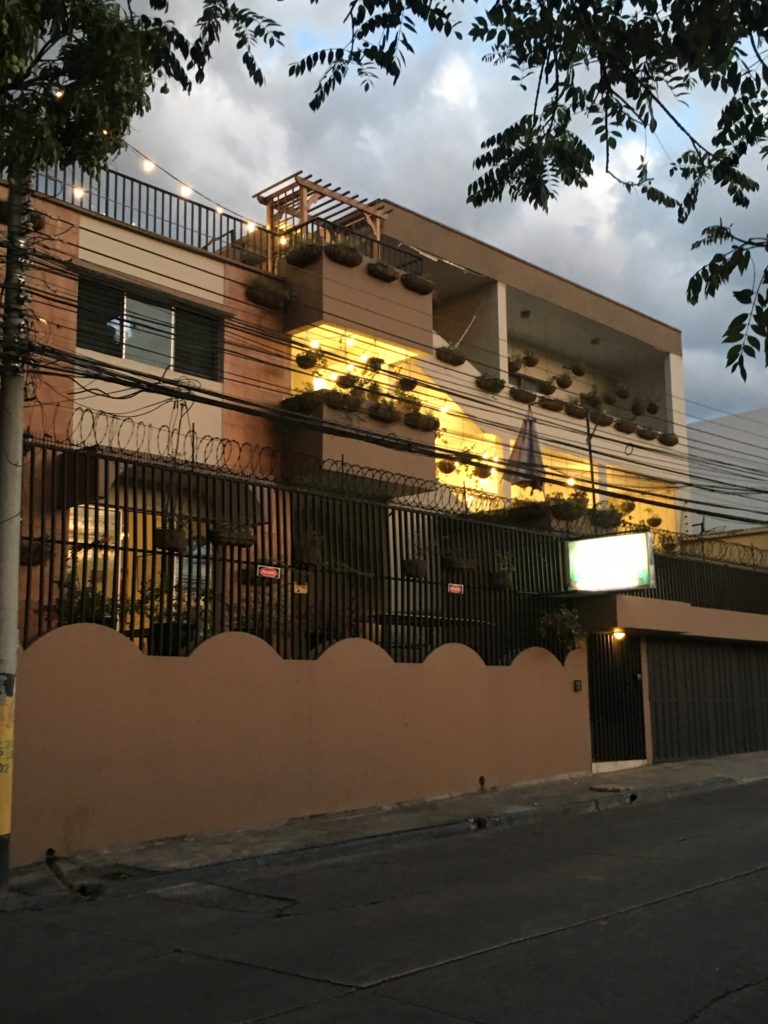
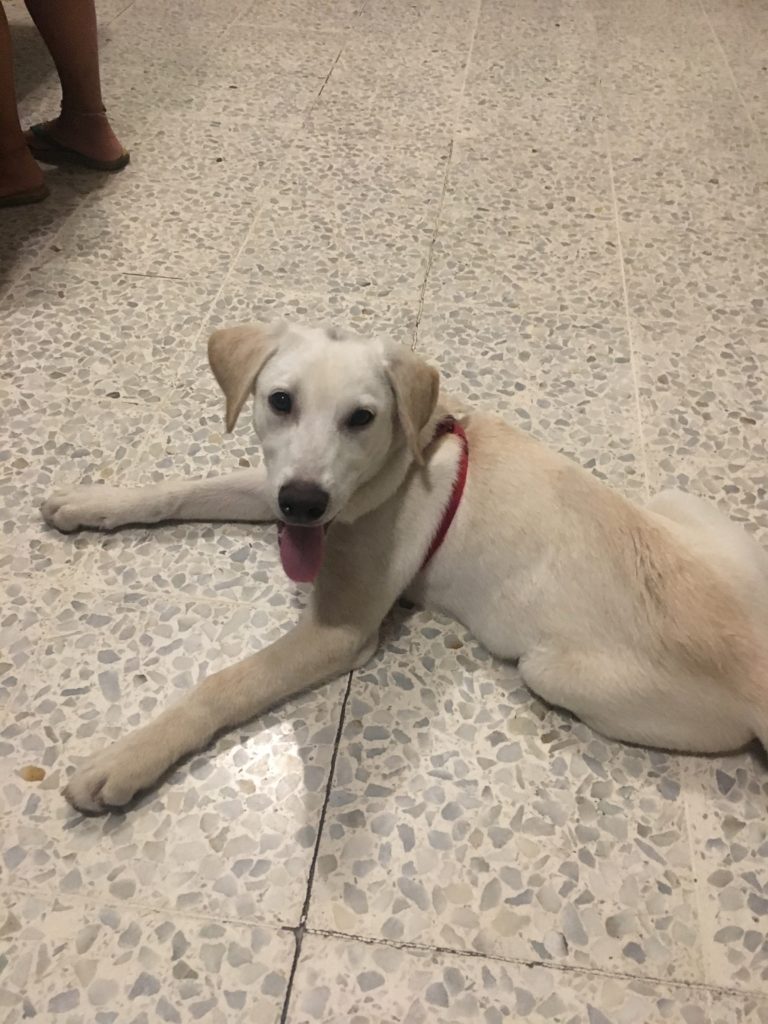
Another tip I often read was to not wear any flashy jewelry or expensive watches, which point taken, but I don’t know how many people are planning on traveling with their diamond pendants and Rolexes. Just keep some cash in one front pocket, your phone in the other and you’ll be fine. I didn’t walk around with my iPhone in my hand like I do back home in NYC, but I also wasn’t afraid to take it out to snap a pic or consult Google Maps when I lost my sense of direction.
On the off chance you are mugged, don’t resist the assailant. Comply and hand over your cash. A few bucks isn’t worth injury or worse. Remember that Honduras is the third poorest country in North America behind Haiti and Nicaragua. Giving someone the $5-10 in your pocket could be a week’s worth of wages and satisfy a thief into running off. Prices are low in Tegucigalpa and there isn’t any reason to be carrying around $100 USD worth of Lempira anyway. This advice applies tp any destination in the world. If a pickpocket in Rome gets the better of you, make sure he or she only takes you for 50 Euros and not 500.
People were friendly everywhere I went, happy to help with directions or give advice on the cheapest place to buy shampoo. Police are everywhere in Tegucigalpa, and despite huge automatic weapons strapped across their chests, I found them equally helpful when trying to figure out the right bus to hop on. There is even a special branch of the police dressed in all green called the “Tourist Police,” whom you can find scattered throughout El Centro.
One of the more helpful tips I can give, not just for your safety, but also for your general enjoyment of the city, is to have a grasp on basic Spanish before you visit. I think it’s easy for Americans, especially for those who are well-traveled in Europe, to wrongly assume that there will always be a subset of the population who speaks English. Whether in Western or Eastern Europe, young people 30 and under generally have a fairly strong grasp of the English language; certainly those working in the hospitality industry will have excellent communication skills, often in several languages. You can bounce around the continent and be coddled along if you really don’t want to put in the effort- though you should!
This is definitely not the case in Tegucigalpa. Sure, a few people I came across spoke English very well, but they were the exception rather than the rule. All those hours of watching Buttefly Spanish YouTube videos really paid off. I always say that at the very least you should know how to say please, thank you, hello, goodbye and excuse me/sorry, but that won’t cut it in Central America. Put in the extra prep time and your trip will be so much more rewarding.
If you plan on taking in the nightlife- and why not!- it is wise to call a cab before heading back to your lodging, especially if you’ve been drinking. Ask a bartender/server to dial for you, as it will be even safer than hailing a cab on the street. Most taxis on the street are collectivos, meaning that a driver will pick up as many people that can fit in the cab at once. (The number of passengers may exceed the number of actual seats!) The upside is that your fare will be cheaper, as it is split amongst several people. The downside is you’re cramped in cab and may not be taking the most direct route back to your hostel. If you want your own private taxi it is best to call a dispatch company to send one. The taxis are also not metered, so you must negotiate the price before getting in the car. It’s ok to not accept the first price, especially if you know it’s too high. Talk the driver down to something reasonable or just walk away and find another cab. Having a native call dispatch on your behalf will ensure the best price.
Another option for nighttime shenanigans is to befriend your fellow travelers and hang out at the hostel. This not only provides a safe environment to drink and let loose, but it can also save you some serious coin. If there is one expense that will add up, it’s alcohol. Palmira Hostel recently remodeled their rooftop, installing a kitchen area, deck chairs and swinging bench for two. There’s a killer view of El Picacho and plenty of cheap beer at reception. What more do you need?
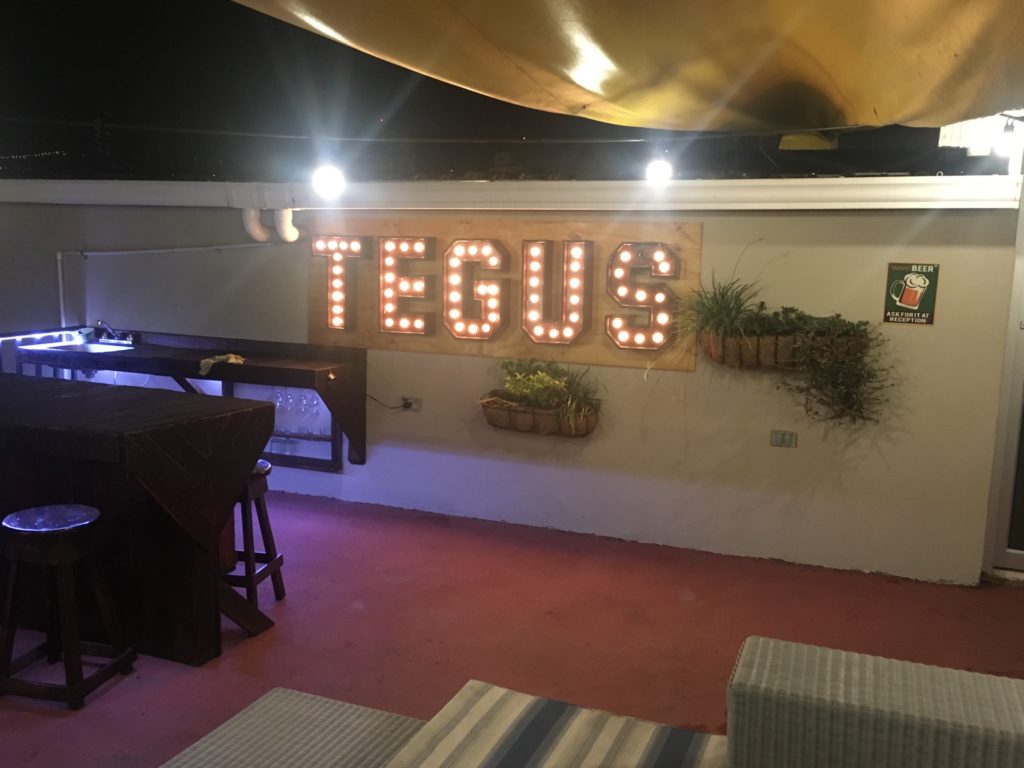
The best advice I can give for traveling to Tegucigalpan, or any big city, is to use your common sense. If something doesn’t feel right, trust your gut and walk away. We aren’t invincible, so don’t act like it, but with a little proper research, Central American capitals can be extremely worthwhile destinations. The good news for those of us open to visiting these capitals is that they remain off the beaten path (for now). Don’t let the bad press scare you away. Be smart and come decide for yourself.
